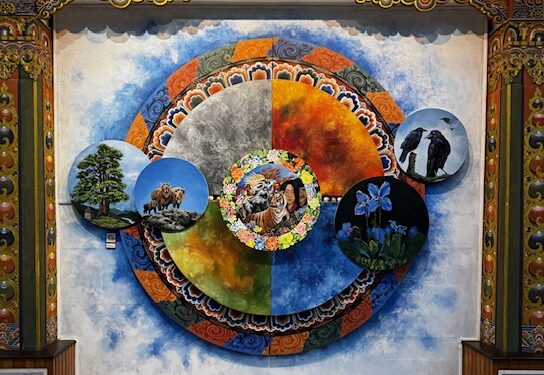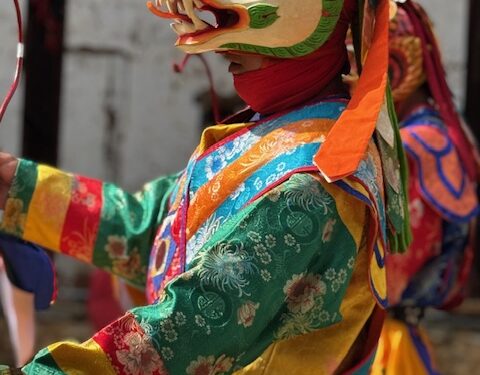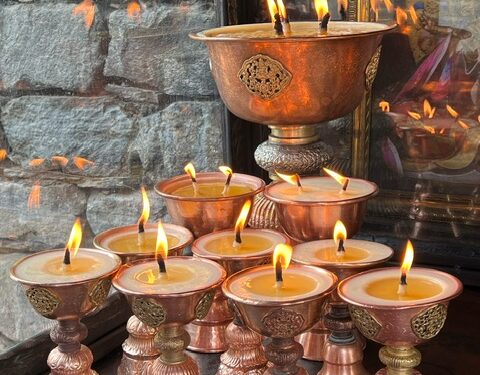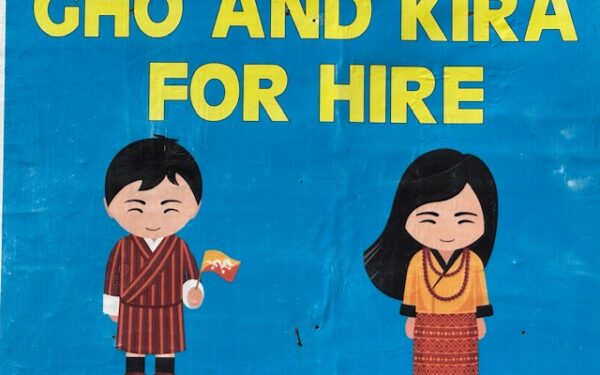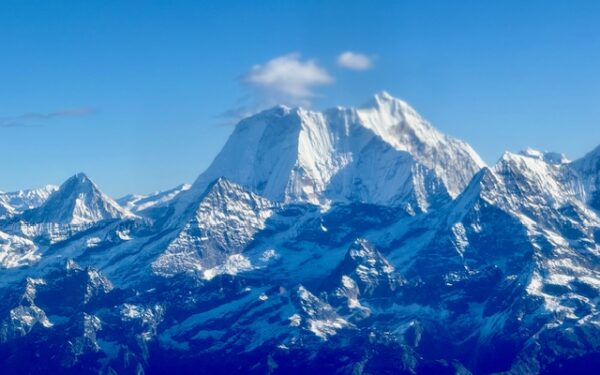Cambodia – January 17th, 2016

Siem Reap wall to wall people at all monuments visited today, and pushy Japanese, Chinese and Korean tourist all carrying selfie sticks and posing every were stopping you from even getting around them – too bad the moat is no longer filled with crocodiles I would have loved to push a few and a Frenchman into the moat. Glad that I was here ten years ago.
I forgot to mention yesterday while walking through the old market, for $3 I stuck my feet in a large fish tank, and became dinner to a tank of hungry overgrown guppies as David took pictures and I giggle because I felt I was being tickled to death.
Angkor Thom Temple literally means “Great City” was the last and most enduring capital city of the Khmer empire. It was established in the late twelfth century by King Jayavarman VII. within which are located several monuments from earlier eras as well as those established by Jayavarman VII. Angkor Thom was abandoned sometime prior to 1609, when an early western visitor wrote of an uninhabited city, “as fantastic as the Atlantis of Plato”.
Banyon Temple is a well-known and richly decorated Khmer temple. Built-in the late 12th or early 13th century as the official state temple of the Mahayana Buddhist King Jayavarman VII. The Bayon’s most distinctive feature is the multitude of serene and smiling stone faces on the many towers which jut out from the upper terrace and cluster around its central peak. The temple is known also for two impressive sets of bas-reliefs, which present an unusual combination of mythological, historical, and mundane scenes.
Terrace of the Elephants and The Leper King is part of the walled city of Angkor Thom, a ruined temple complex in Cambodia. The terrace was used by Angkor’s king Jayavarman VII as a platform from which to view his victorious army. The terrace is named for the carvings of elephants on its eastern face, It has five outworks extending towards the Central Square-three in the center and one at each end. The middle section of the retaining wall is decorated with life-size garuda and lions; towards either end are the two parts of the famous parade of elephants complete with their Khmer mahouts.
And the King of the crown Angkor Angkor Wat is the largest religious monument in the world. It was originally constructed as a Hindu temple for the Khmer Empire, gradually transforming into a Buddhist temple toward the end of the 12th century. Breaking from the Shaiva tradition of previous kings, Angkor Wat was instead dedicated to Vishnu. As the best-preserved temple at the site, it is the only one to have remained a significant religious center since its foundation. The temple is at the top of the high classical style of Khmer architecture. It has become a symbol of Cambodia, appearing on its national flag, and it is the country’s prime attraction for both foreign and nationals visitors.
The modern name, Angkor Wat, means “Temple City” or “City of Temples” in Khmer language.
Our guide Sarung, does not follow the pack of the herd so we take a roundabout way and have come to some exceptional photo stops – we like him.
Tonight we attended a circus performance of the local acrobatic artist, very entertaining, but the best part of the show was this little Cambodian boy that just stood by my shoulder and finally sat by me I kept watching him smiling and laughing through the performance lovely to see it through a kids eye – even as a kid any type of circus was not my favorite.
The heat and humidity is taxing and this is their winter. Tomorrow more temples,
